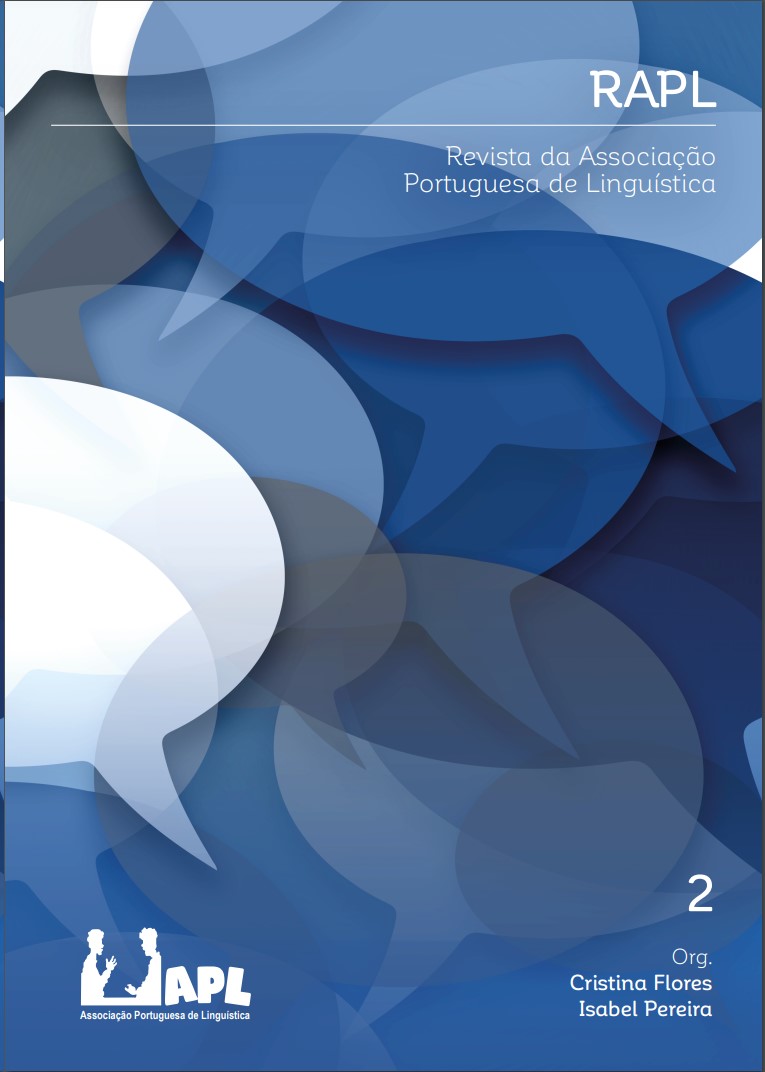Orações consecutivas finitas em Português Europeu: uma análise sintática
DOI:
https://doi.org/10.26334/2183-9077/rapln2ano2016a3Palavras-chave:
orações consecutivas com antecedente e livres, hipótese do Grau dividido, subordinação, parataxeResumo
In this paper we analyse antecedent and free consecutives. In consecutives with overt antecedents, we adopt the split degree hypothesis of Corver (1993, 1997a, b 2013), which has the advantage of separating determiner-like degree word and quantifier-like words. We also adopt Kennedy’s (1997, 1999) and Corver’s (2013) hypotheses that consecutive CPs are adjuncts that act as modifiers of a DegP, which form a unit with the degree/quantifying word at the level of LF. This analysis is extended to free consecutive clauses. We claim that in free consecutives the gradable expression is an elided constituent included in the sentence that contains the consecutive CP, whose content must be recovered by (an element of) the sentence to which it is paratactically related.
Downloads
Downloads
Publicado
Como Citar
Edição
Secção
Licença

Este trabalho encontra-se publicado com a Licença Internacional Creative Commons Atribuição-NãoComercial-CompartilhaIgual 4.0.
Os autores mantêm os direitos autorais e concedem à revista o direito de primeira publicação. Os artigos estão simultaneamente licenciados sob a Creative Commons Attribution License que permite a partilha do trabalho com reconhecimento da sua autoria e da publicação inicial nesta revista.
Os autores têm autorização para disponibilizar a versão do texto publicada na RAPL em repositórios institucionais ou outras plataformas de distribuição de trabalhos académicos (p.ex. ResearchGate).





